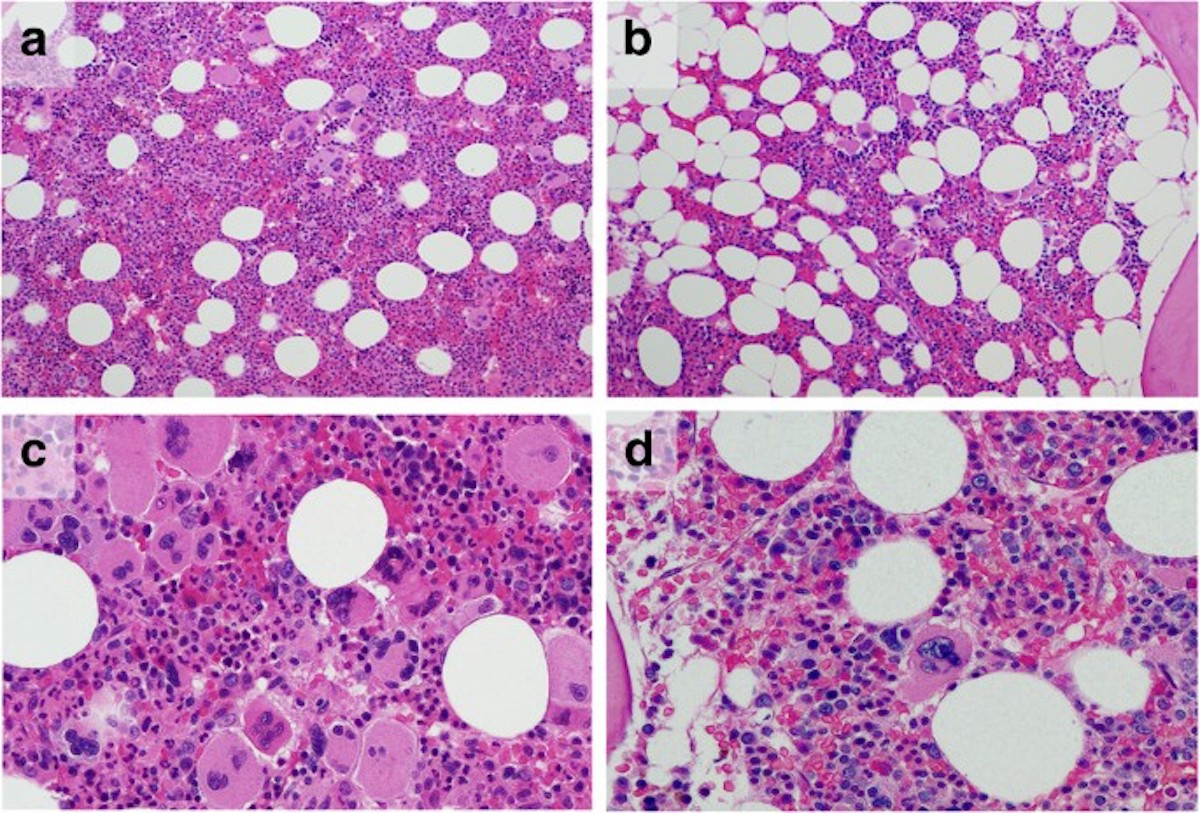Myelofibrosis is a rare but serious condition that affects the bone marrow, where our blood cells are produced. While not commonly seen in the United States, it’s essential to shed light on this condition, exploring its causes, symptoms, and the available treatment options. This way you are able to recognize the condition in its early stages and find treatment as soon as possible.

What Is Myelofibrosis?
Inside your bones, there’s something called bone marrow, which plays a big part in making blood cells. In simple terms, myelofibrosis happens when your bone marrow doesn’t work properly. Instead of making blood cells like it should, it starts making scar tissue. This can lead to various issues, like anemia, infections, and bleeding problems. There are different types, with primary myelofibrosis being the most common. There are also related conditions, like polycythemia vera and essential thrombocythemia, which can sometimes develop into (secondary) myelofibrosis. These conditions are all part of a group called “myeloproliferative neoplasms,” which involve problems with the bone marrow and blood cell production.
What Causes Myelofibrosis?
The exact cause isn’t always clear, but it’s often linked to changes in your genes. When genetic changes occur, these alterations can disrupt the bone marrow’s usual processes, leading it to produce scar tissue instead of healthy blood cells. Unfortunately, the precise cause of these genetic mutations isn’t always clear. The condition can sometimes emerge as a complication of other blood disorders, like the above-mentioned, as these conditions progress over time. Continue reading on the next page, and discover – among others – how you can recognize the disease and if there’s a cure for this condition.

